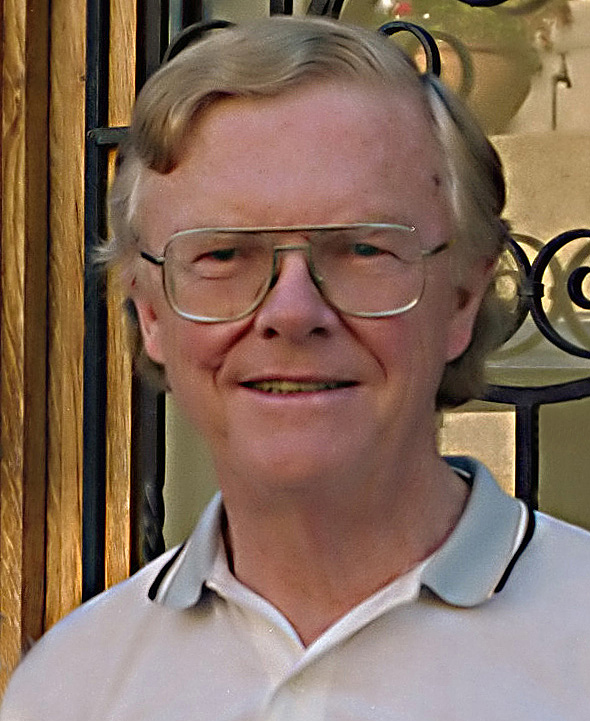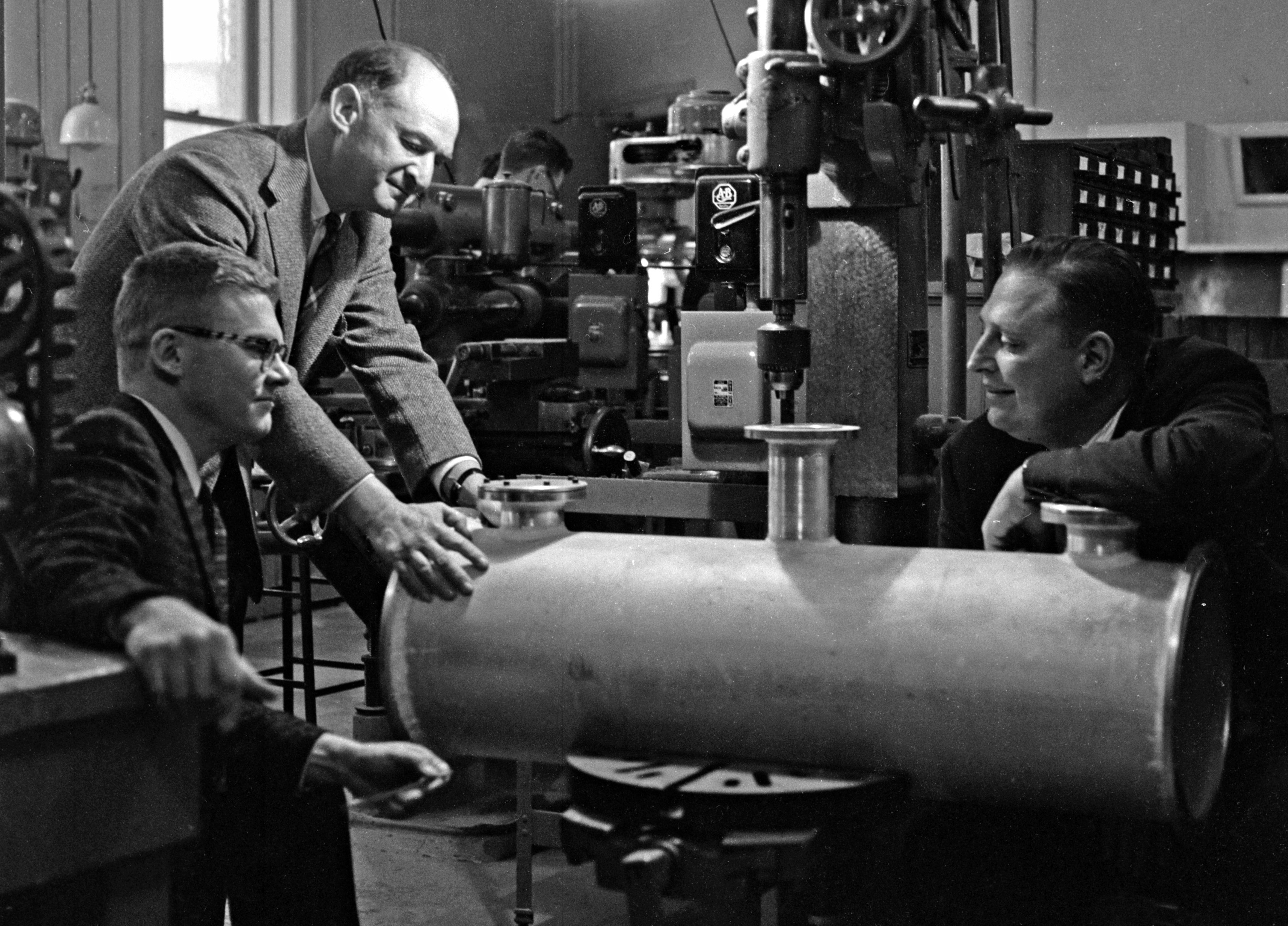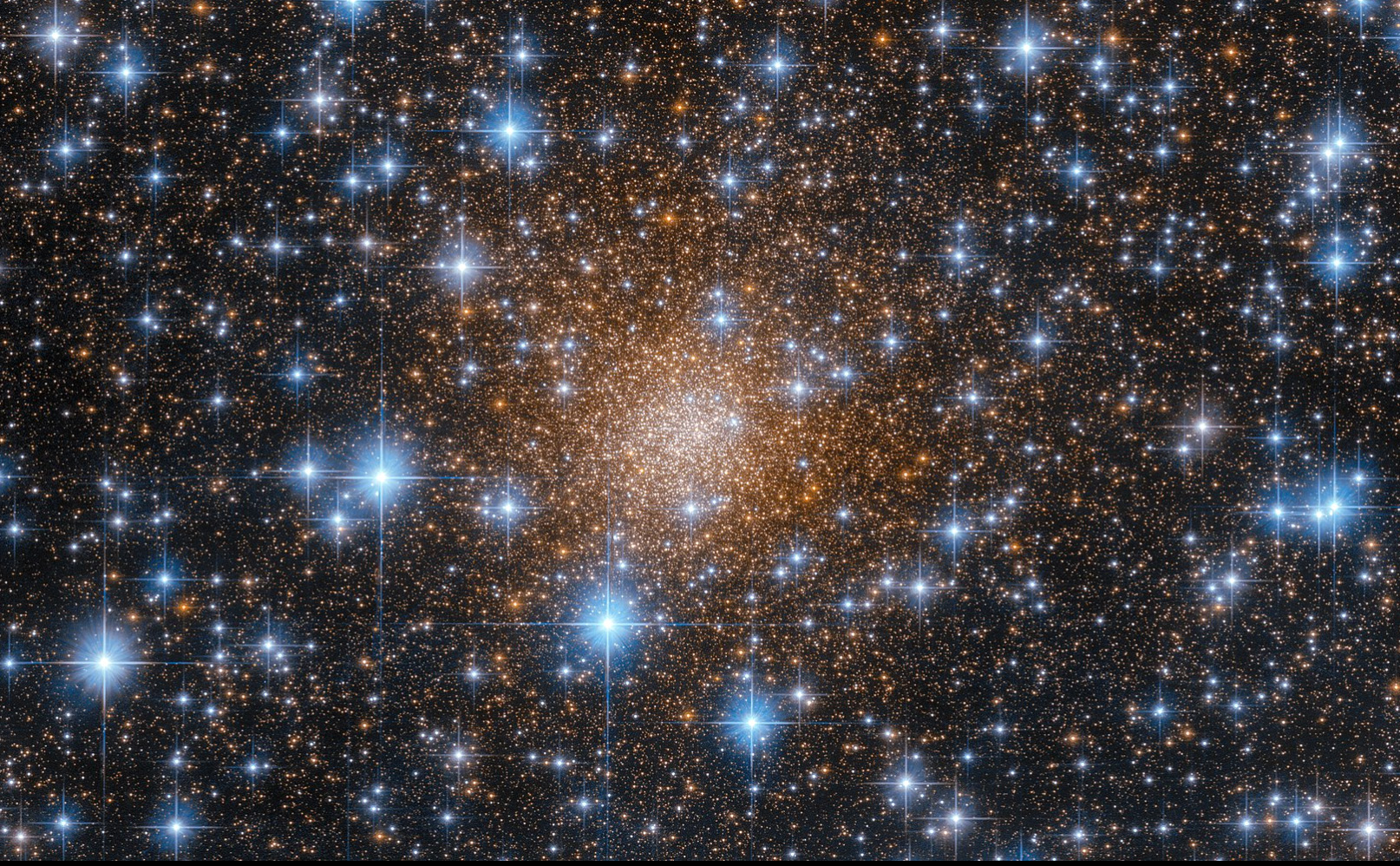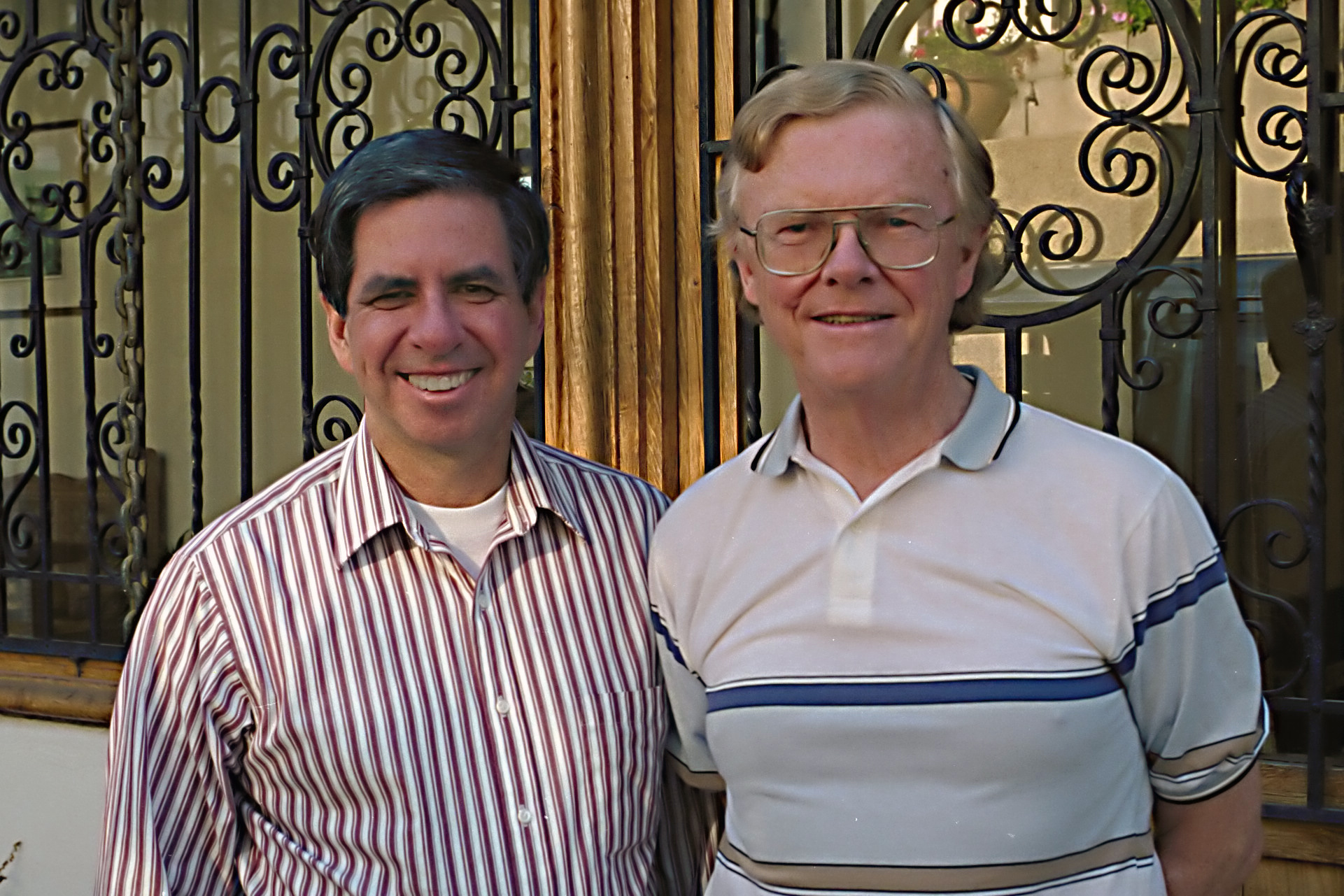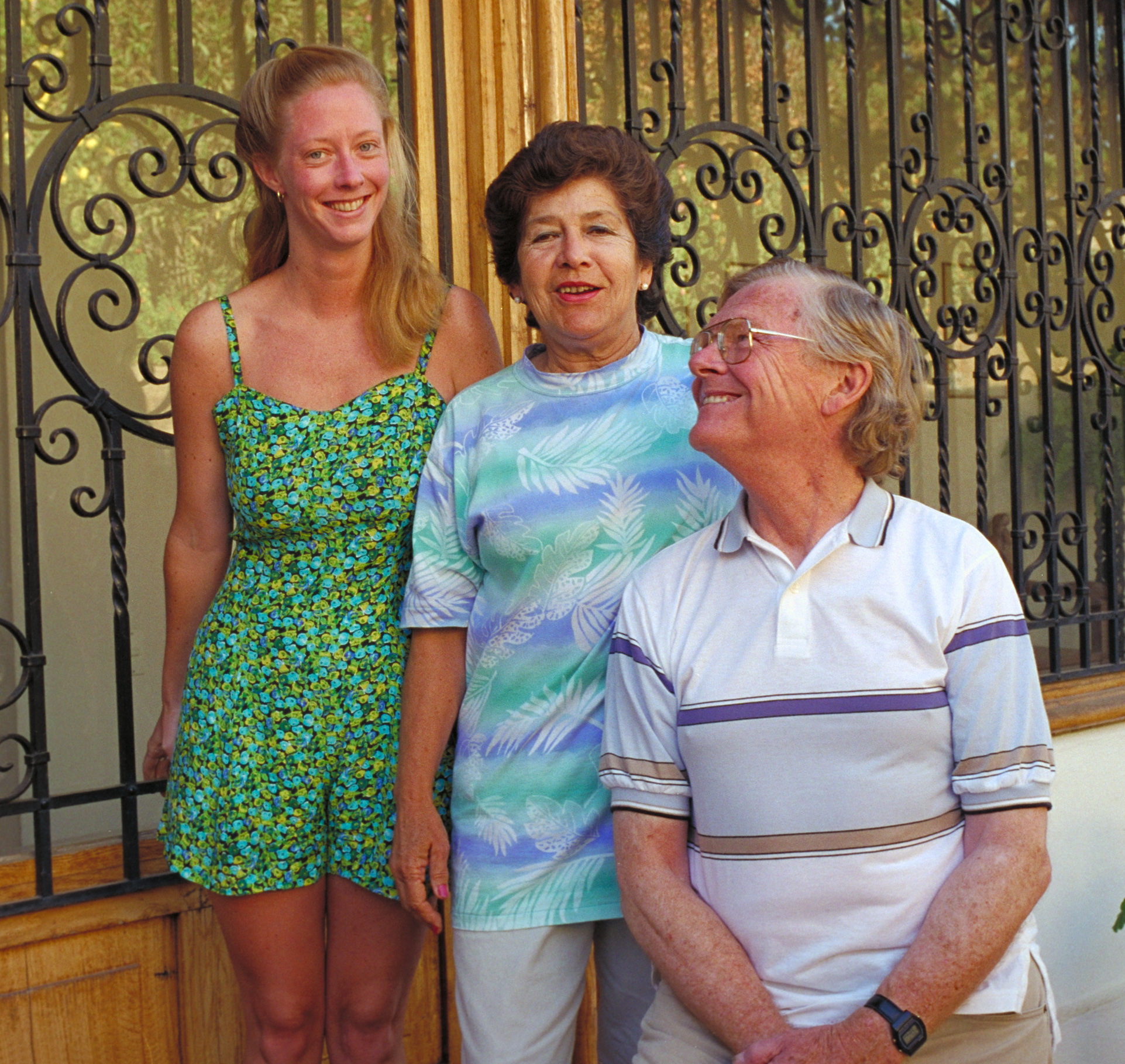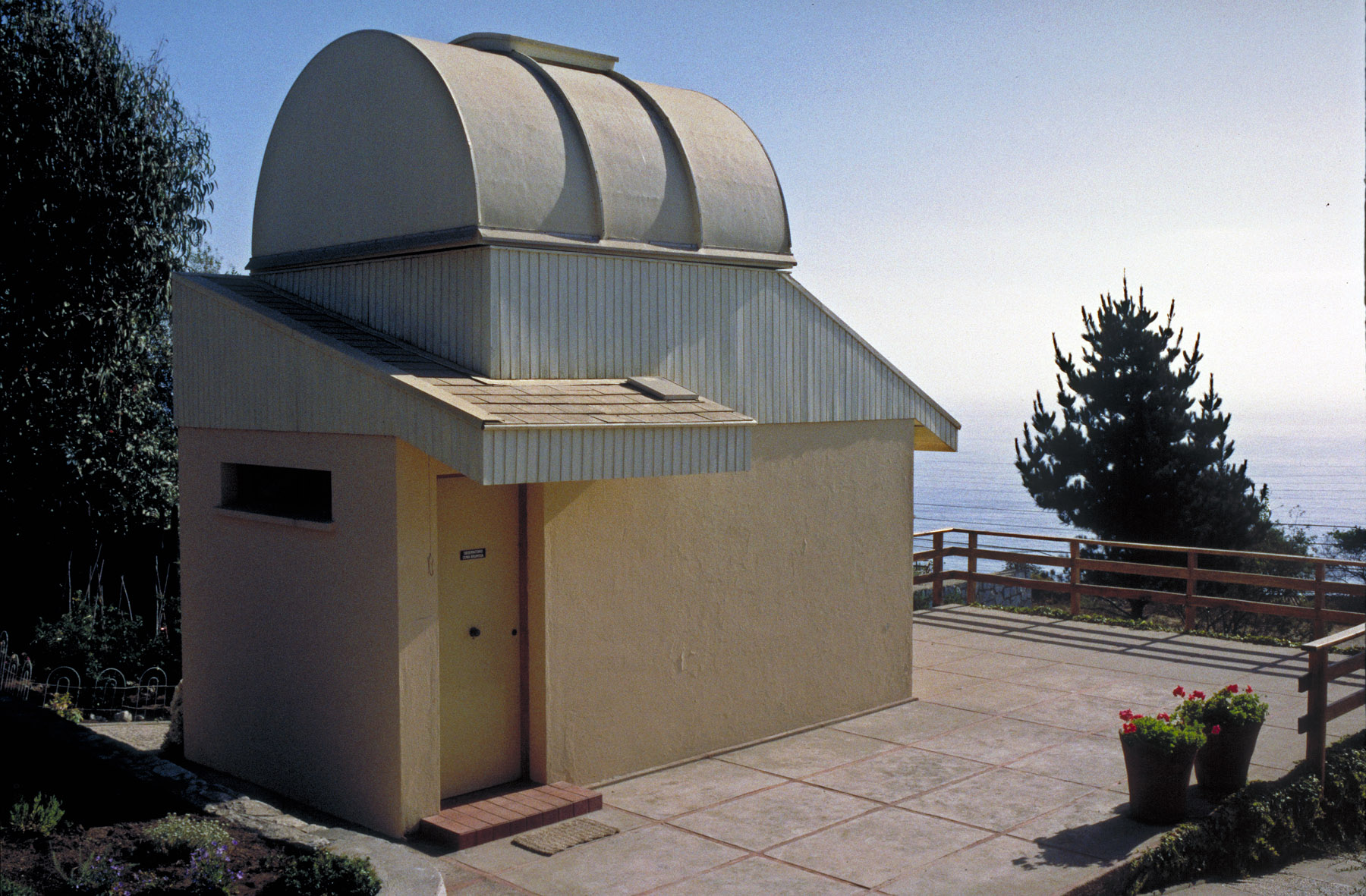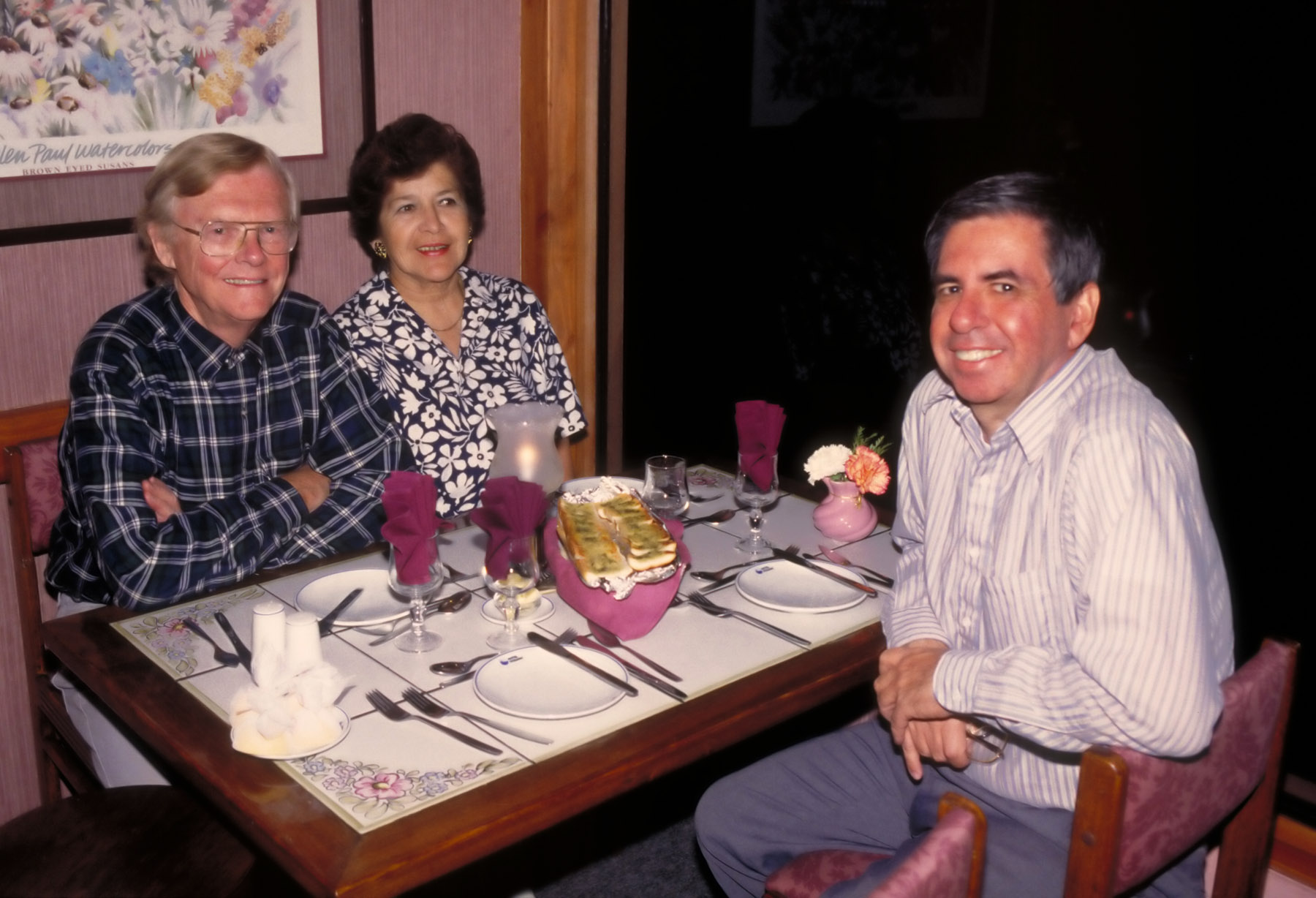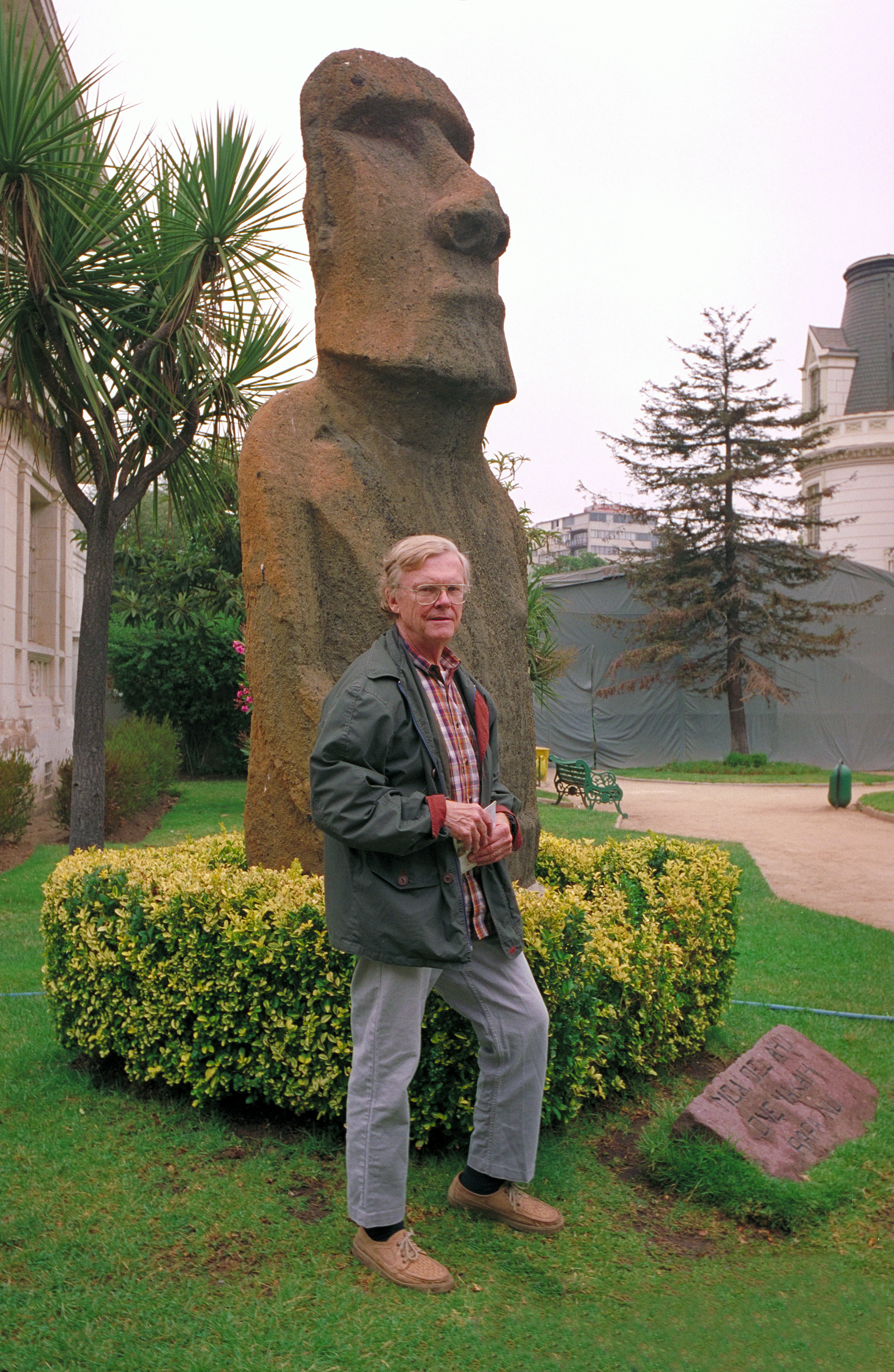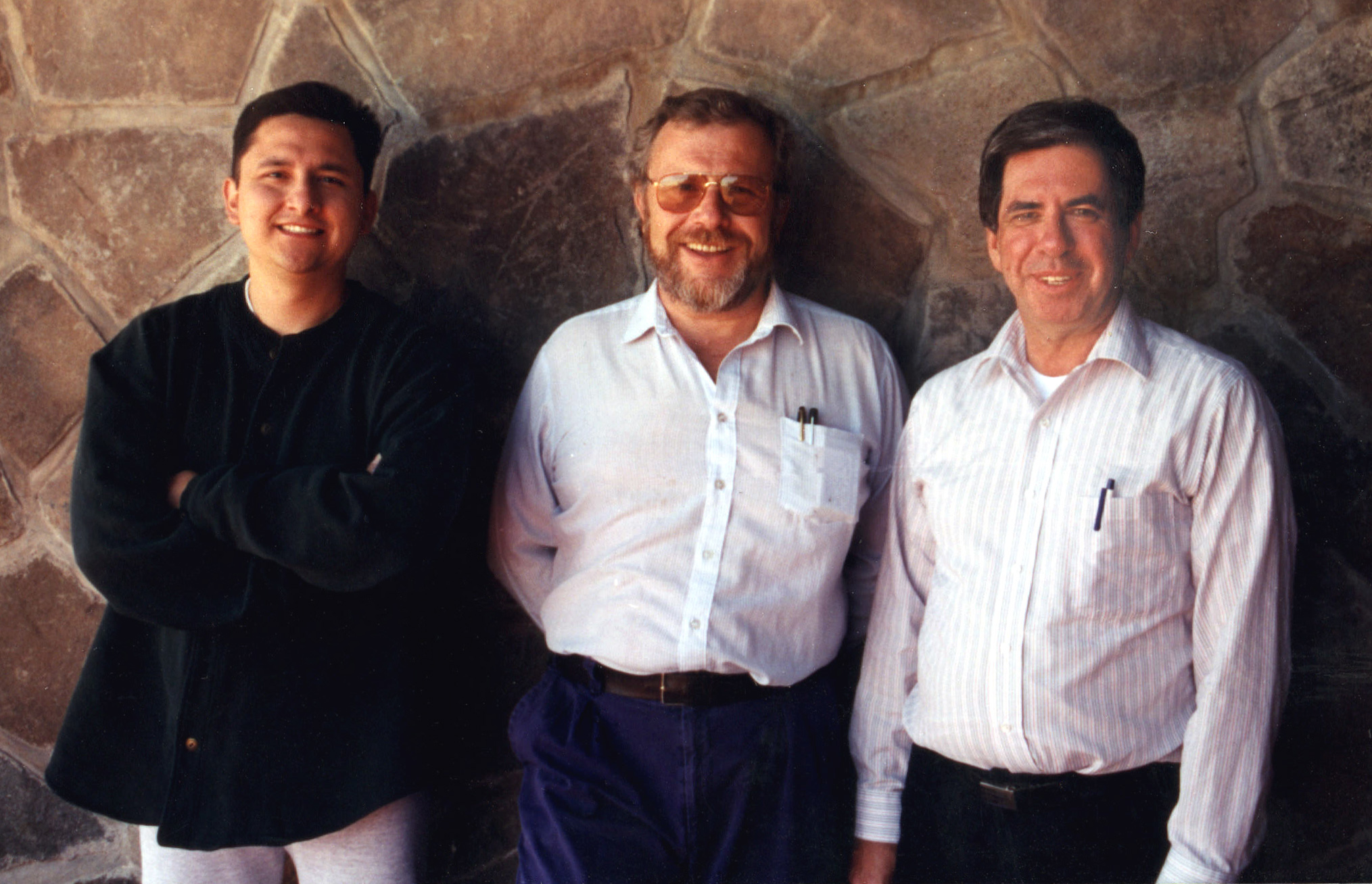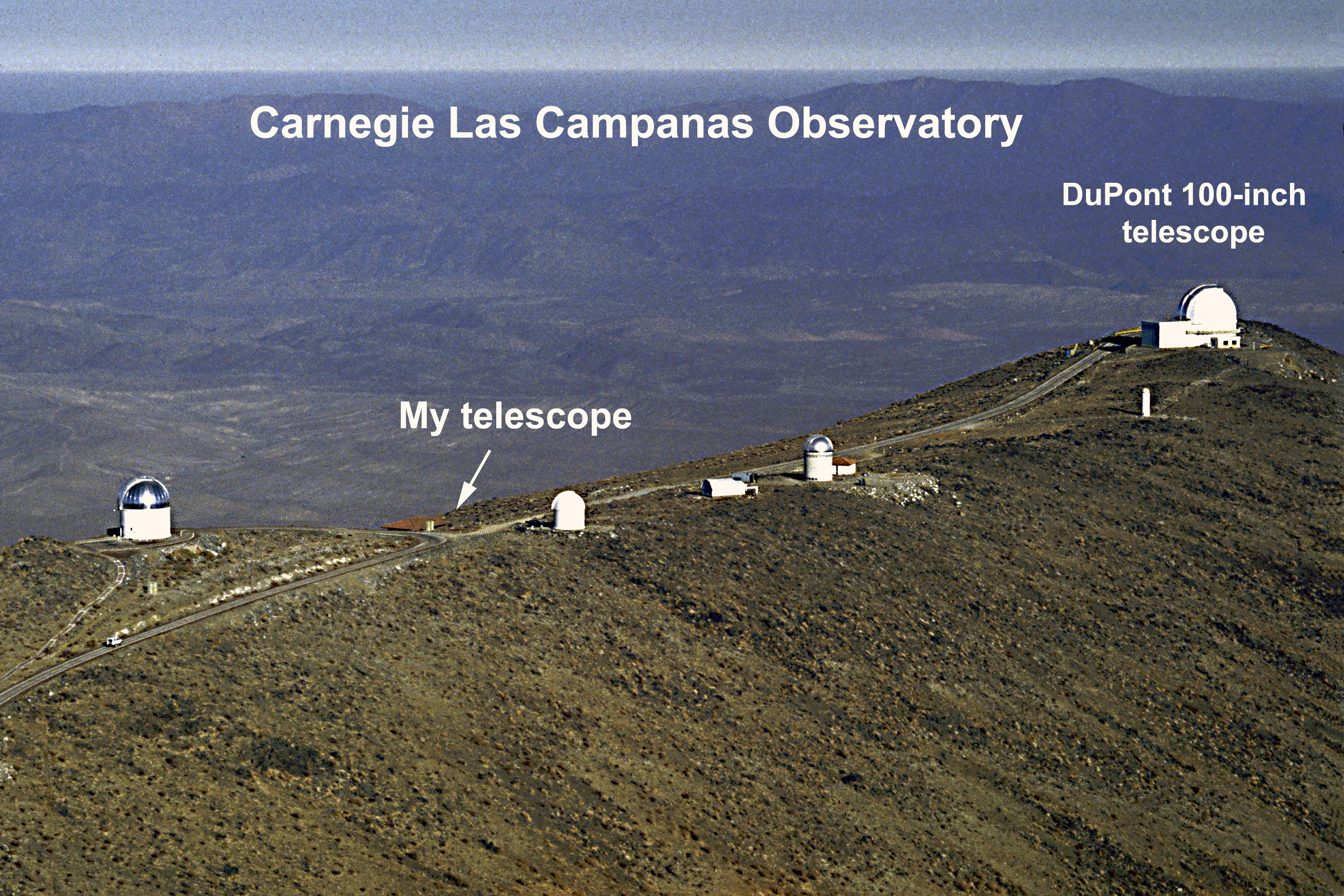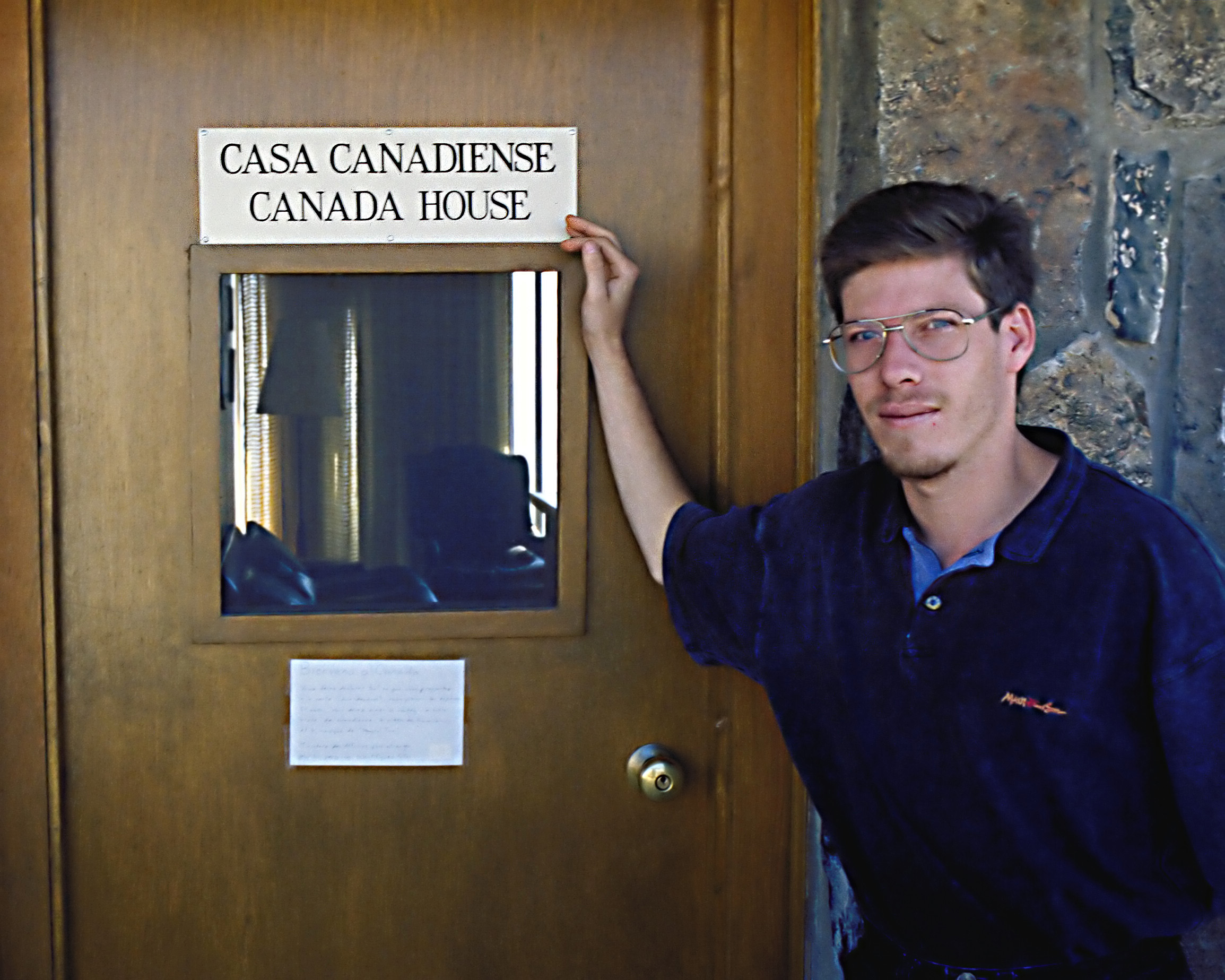|
Michael A. Stecker
You Tube "Astro-people" slide
show at:
|
|
William (“Bill”) Liller, research mentor and major contributor to the study of planetary nebulae, comets, asteroids, magnetic activity in cool stars, the optical identification of X-ray sources, and astro-archaeology, died peacefully in his sleep on 28 February 2021, after a brief illness. He was 93 years old. Born on 1 April 1927 in Philadelphia to Carroll Kalbaugh “Pete” Liller, an advertising executive, and his wife, Catherine Dellinger Liller, Bill noted in the book “Asteroids to Quasars” that he became “obsessed with astronomy” in August 1932, when his uncle drove up from West Virginia in a Model A Ford to view a solar eclipse from New York, near where Bill’s family was living at the time. At age 13, Bill’s report on the Quadrantid meteor shower was cited in an article in Popular Astronomy from the American Meteor Society. In his letter to the society, Bill had misspelled the name of the society’s director, C. P. Olivier, which Bill believed led to an intentional misspelling of his own name in the published article as “Billy Lillier.” In the February 2018 issue of the alumni magazine of Harvard’s Adams House, Bill recalled the years leading up to his matriculation in 1944: “After attending public schools in my home town of Atlanta, I was shipped off ‘to finish,’ and I spent my last two high school years at Mercersburg Academy in Pennsylvania. When senior year came around, I had only a vague idea of going to Harvard, known to me mainly for its football team and a world-famous astronomer, Harlow Shapley. My father, a successful adman, had no input in my decision; it was my best friend, Shaw Livermore, who talked me into applying. … Whatever the reason, I got lucky: I had not applied to any other university.” Once at Harvard, Bill admittedly divided his time among “variable star observing for the AAVSO, baseball (or soccer), girls, and when there was time, coursework.” Starting in July 1945, he served 11 months in the U.S. Navy as a radio technician, then returned to Harvard, graduating with a bachelor’s degree in astronomy in 1949. His freshman astronomy instructor was Charles Federer, former lecturer at New York’s Hayden Planetarium and (with his wife Helen) the founder and editor of Sky and Telescope magazine. During his undergraduate years, Bill worked in turn with research advisors Bart Bok, Don Menzel, and Fred Whipple, each of whom, he later wrote, had a profound impact on his career. Whipple supervised his undergraduate thesis, “Radio Detection of Meteors at 3.5 Mc/s.” While an undergraduate, Bill joined the “Observatory Philharmonic Orchestra,” organized by the Astronomy Department’s Frances Wright. All other instrument slots having been filled, Bill set up in the Observatory’s carpenter shop and constructed a standup bass out of two-by-fours and plywood, which he subsequently played at the orchestra’s maiden concert in Harlow Shapley’s living room. (Fred Whipple and his wife Babette attended in tuxedo and evening gown.) Intrigued by the research carried out at the University of Michigan, as summarized by Leo Goldberg and Lawrence Aller in their popular book “Atoms, Stars, and Galaxies,” Bill headed to Ann Arbor for his graduate work in the Fall of 1949. He received his Ph.D. in astronomy in 1953, completing a dissertation with Aller on the central stars and expansion rates of planetary nebulae. For this project, Bill built Michigan’s first photoelectric photometer, demonstrating his particular talent in the development of astronomical instrumentation. He married fellow Michigan student Lorraine Dundas in April 1951. Just over a year later (June 1952), the two of them took up temporary residence in Las Cruces, New Mexico, where Bill wrote up his dissertation and operated the Harvard Meteor Expedition’s cameras for Fred Whipple. He returned to Michigan in September 1953 as a junior faculty member. For the next seven years, Bill continued his research on planetary nebulae with Aller and undertook new projects on the Sun with Leo Goldberg, and on comets with Freeman Miller. For this last project, he designed and built a photoelectric spectrum scanner, which was installed on Michigan’s Curtis Schmidt telescope. Bill also supervised the Ph.D. thesis of Robert Bless, completed in 1958. During this period, Bill’s marriage to Lorraine ended and he married Michigan astronomy Ph.D. Martha Hazen (who would later serve as Harvard’s Curator of Astronomical Photographs for 33 years). In 1960, Donald Menzel, then Director of the Harvard College Observatory, invited both Bill and Leo Goldberg (also a Harvard alum) to join the faculty. Appointed to the rank of full professor, Bill became Chair of the Astronomy Department that same year, serving in this role until 1966. In 1962, he was named Robert Wheeler Willson Professor of Applied Astronomy, and two years later received a Guggenheim Fellowship, under which he decamped for a year with Martha to Cambridge University, where he studied emission cores of the stellar Ca II K line and published his first paper in archeology (on Roman roads). From 1968 to 1973, Bill served as Master of his one-time undergraduate residence Adams House, initiating a successful co-educational, residential exchange program with students at Radcliffe College. (See “Galaxy Gazer,” Goldcoaster: The Alumni Magazine of Adams House, February 2018: http://fdrfoundation.org/wp-content/uploads/2018/02/goldcoaster-fdrfoundation-org-GOLD-20COASTER-206-11-liller-html.pdf Bill was the PhD advisor for eight Harvard graduate students, including Francis Stienon, Steve Strom, Robert Chapman, Bill Forman, Bruce Carney, Christine Jones, Phyllis Lugger, and Debra Elmegreen. In the early 1970s, working closely with the X-ray group led by Riccardo Giacconi, Bill Liller led the effort at the Harvard-Smithsonian Center for Astrophysics to optically identify and study X-ray sources discovered by the Uhuru satellite. In particular, with Christine Jones, he identified optical companions of Galactic X-ray sources using observations at CTIO which showed that, unlike Sco X-1, some of the optical counterparts were high mass, luminous stars (e.g., HD153919, a 6.7-mag O7f star). He later showed that quasars are the optical counterparts of a number of faint X-ray sources detected with the Einstein Observatory. Bill also discovered a rapid X-ray “burster” in a heavily obscured globular cluster, subsequently designated Liller 1. One of Bill’s remarkable discoveries involved the long-term study of HZ Herculis (the optical companion of the X-ray pulsar Hercules X-1) using the archival Harvard glass plates. All previous analyses had shown an enormous 2-magnitude brightness variation across the 1.7 day binary period. When then graduate student Christine Jones showed Bill a perfectly flat graph with no brightness variations whatsoever, implying that the X-ray source had “turned off” during the early 1950’s, he was naturally incredulous. With his exquisite tact, Bill and Christine headed off to review how to use the iris photometer. To Bill’s amazement, a reanalysis of HZ Herculis confirmed that the X-ray source had “turned off” (at least it was no longer shining on the face of its optical companion)! In 1981, Bill accepted an invitation to become the Associate Director of the Instituto Isaac Newton and moved to the oceanside city of Viña del Mar, Chile. NASA provided a small telescope that he set up in his backyard to hunt for comets and novae. His marriage to Martha having ended in April 1985, Bill married Chilean national Matilde (“Matty”) Pickhardt. In addition to discovering a comet in 1988, as well as a large number of novae (34 in the Milky Way and at least one in the LMC) and variable stars, Bill determined the ages of globular clusters and carried out archeoastronomical studies of Easter Island. In 1993, Bill’s book “The Ancient Solar Observatories of Rapanui: The Archaeoastronomy of Easter Island” was published.
During his long career, Bill reached out to
amateur astronomers, by co-authoring the Cambridge Astronomy Guide
with Ben Mayer, and writing many articles and reviews for Sky and
Telescope and Mercury magazines. Of particular note, in the
mid-1970’s, Sky and Telescope published a series of three
articles on “X-ray Sources and Their Optical Counterparts” by Jones,
Forman and Liller. Bill was an “observer’s observer” and could argue the
clarity of the night sky by comparing the faintest stars he could see to
his encyclopedic knowledge of stellar magnitudes as he scanned the zenith,
jumping from star to star (always removing his glasses to get that last 10th
of a magnitude).
*****************
Sources
|
|
|
|
|
|
|
|
|
|
|
William Liller's photo of Comet 1P/Halley from
Easter Island on March 8, 1986 Original uncropped image of Halley's Comet taken by William Liller, Ph.D.from Easter Island with a Celestron 8-inch Scmidt camera loaded with color film on March 8, 1986. file: Lspn_comet_halley-WikiLillerNASA-orig.jpg Click here for full resolution 1,492 X 1,036 photo From Wikipedia Commons (NASA): File:Lspn comet halley.jpg - Wikimedia Commons |
| William Liller's photo of Comet 1P/Halley -- edited |
 Photo above of Comet 1P/Halley was cropped and processed by Michael A. Stecker on August 25, 2024 file: Lspn_comet_halley-WikiLillerNASA-GXsd6&dnd6-b.jpg |
|
************************************** |
|
Carnegie Las Campanas
Observatory, Chile (1996) |
|
|
|
Dr. Miguel Roth (left), Director of Carnegie Las Campanas Observatory
greets Michael Stecker. The Observatory is located in the Atacama desert of northern Chile. Currently Carnegie is building twin 6.5 meter telescopes (Project Magellan) at this site. The new telescopes will be shared by its members -- Carnegie Institution, Univ. of Arizona, Harvard Univ., Univ. of Michigan (my alma mater) and the Massachusetts Institute of Technology (MIT). In February, 1996 my friend James Foster and I spent 10 nights doing astrophotography at the observatory. |
|
|
|
|
